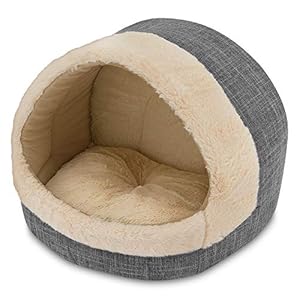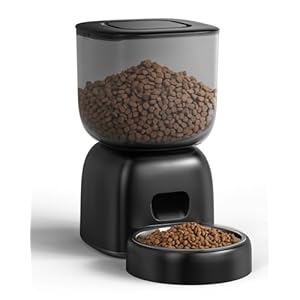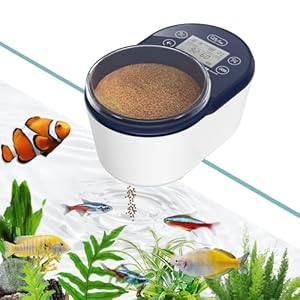

To safeguard your pet from fleas, ticks, and other parasites, it’s crucial to adopt a proactive approach. Regular grooming and cleaning are just the beginning of a comprehensive parasite prevention plan. By utilizing a combination of preventive measures and staying vigilant, you can significantly reduce the risk of infestation. But how exactly can you ensure your furry friend remains protected from these pesky intruders? The answer lies in a holistic approach that addresses both your pet’s immediate environment and their overall health.
Understanding Common Pet Parasites
To keep your pet healthy, you need to understand the common parasites that can affect them. Fleas are tiny insects that can infest your pet’s fur, causing itching, redness, and skin irritation. These parasites can also transmit diseases and lead to more severe health issues if left untreated.
Ticks are another common threat to your pet’s well-being. These small arachnids attach themselves to your pet’s skin, feeding on their blood and potentially transmitting dangerous illnesses such as Lyme disease.
Another parasite to be aware of is the roundworm. Roundworms are intestinal parasites that can be transmitted to your pet through contaminated soil or feces. These worms can cause weight loss, vomiting, and diarrhea in your furry friend.
Additionally, ear mites are microscopic parasites that can take up residence in your pet’s ears, causing discomfort and irritation.
Prevention Methods for Fleas and Ticks
Understanding the risks posed by fleas and ticks on your pet, it’s important to implement effective prevention methods to safeguard their health and well-being. Regular grooming plays a crucial role in preventing fleas and ticks. By brushing your pet’s fur and inspecting their skin, you can detect any signs of infestation early. Keeping your living environment clean is also key. Vacuuming regularly and washing your pet’s bedding in hot water can help eliminate any existing parasites. Additionally, maintaining your yard by cutting the grass short and removing any debris can reduce the risk of exposure to fleas and ticks outdoors.
Another vital prevention method is utilizing flea and tick preventatives. Consult with your veterinarian to determine the best preventive measures for your pet, such as spot-on treatments, oral medications, or collars. These products can effectively repel and kill parasites, providing an added layer of protection for your furry friend. Remember, prevention is key to keeping your pet healthy and parasite-free.
Effective Parasite Control Products
When considering effective parasite control products for your pet, consult with your veterinarian to determine the most suitable options. Your vet will be able to recommend products tailored to your pet’s specific needs and health status. Flea and tick preventatives come in various forms such as spot-on treatments, oral medications, collars, and sprays. Each of these products works differently to target and repel parasites effectively.
Spot-on treatments are applied directly to your pet’s skin and provide protection for a month. Oral medications are ingested and circulate in your pet’s bloodstream, killing parasites when they bite. Collars release active ingredients that spread over your pet’s skin and fur. Sprays can be used for immediate relief and protection in heavily infested areas.
It’s crucial to follow the instructions provided by the product manufacturer and your veterinarian carefully. Some products are designed for specific animals, so never use a product meant for dogs on a cat, for example. Regularly checking your pet for parasites and consulting with your vet will ensure you choose the most effective parasite control products for your furry friend.
Keeping Your Home Parasite-Free
Maintain a clean living environment to effectively keep parasites away from your home and protect your pet’s health. Regularly vacuum carpets, rugs, and furniture where your pet spends time. Wash your pet’s bedding in hot water weekly and clean any pet crates or carriers.
Keep outdoor areas tidy by mowing the lawn, removing any debris, and trimming bushes where parasites may hide. Seal any cracks or crevices in walls, windows, and doors to prevent pests from entering your home. Additionally, consider using pet-safe pest control products indoors.
Flea larvae can hide in hard-to-reach areas, so pay special attention to baseboards, corners, and under furniture during cleaning. Dispose of pet waste promptly to deter parasites from infesting your yard. By maintaining a clean and tidy living space, you create a hostile environment for parasites, safeguarding both your home and your pet from potential infestations.
Importance of Regular Veterinary Check-ups
To ensure your pet remains healthy and free from parasites, regular veterinary check-ups are vital. These check-ups allow veterinarians to monitor your pet’s overall health, detect any early signs of parasites, and provide necessary preventive treatments.
During these appointments, your vet can conduct thorough examinations to assess your pet’s condition, recommend appropriate parasite prevention methods, and address any concerns you may have. Preventive measures such as vaccinations, flea and tick control, and deworming can be discussed and implemented during these visits to safeguard your pet’s well-being.
Additionally, regular check-ups help build a strong relationship between you, your pet, and the veterinary team, ensuring that any health issues are promptly addressed. By prioritizing these routine appointments, you’re taking proactive steps to protect your pet from potential parasite infestations and promoting their long-term health and happiness. Remember, prevention is key when it comes to safeguarding your pet against parasites.
Trending Products










